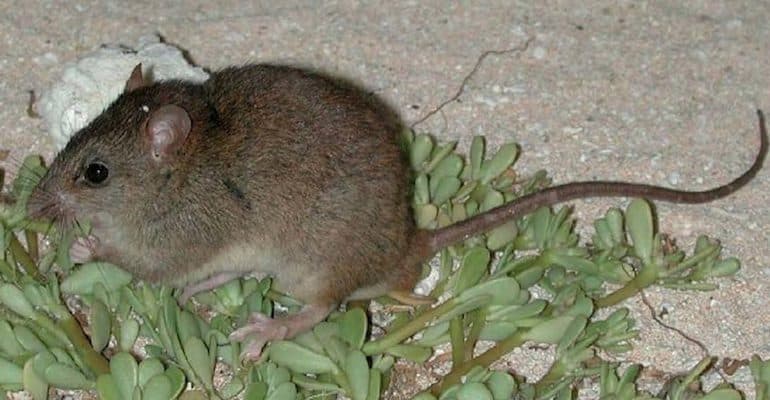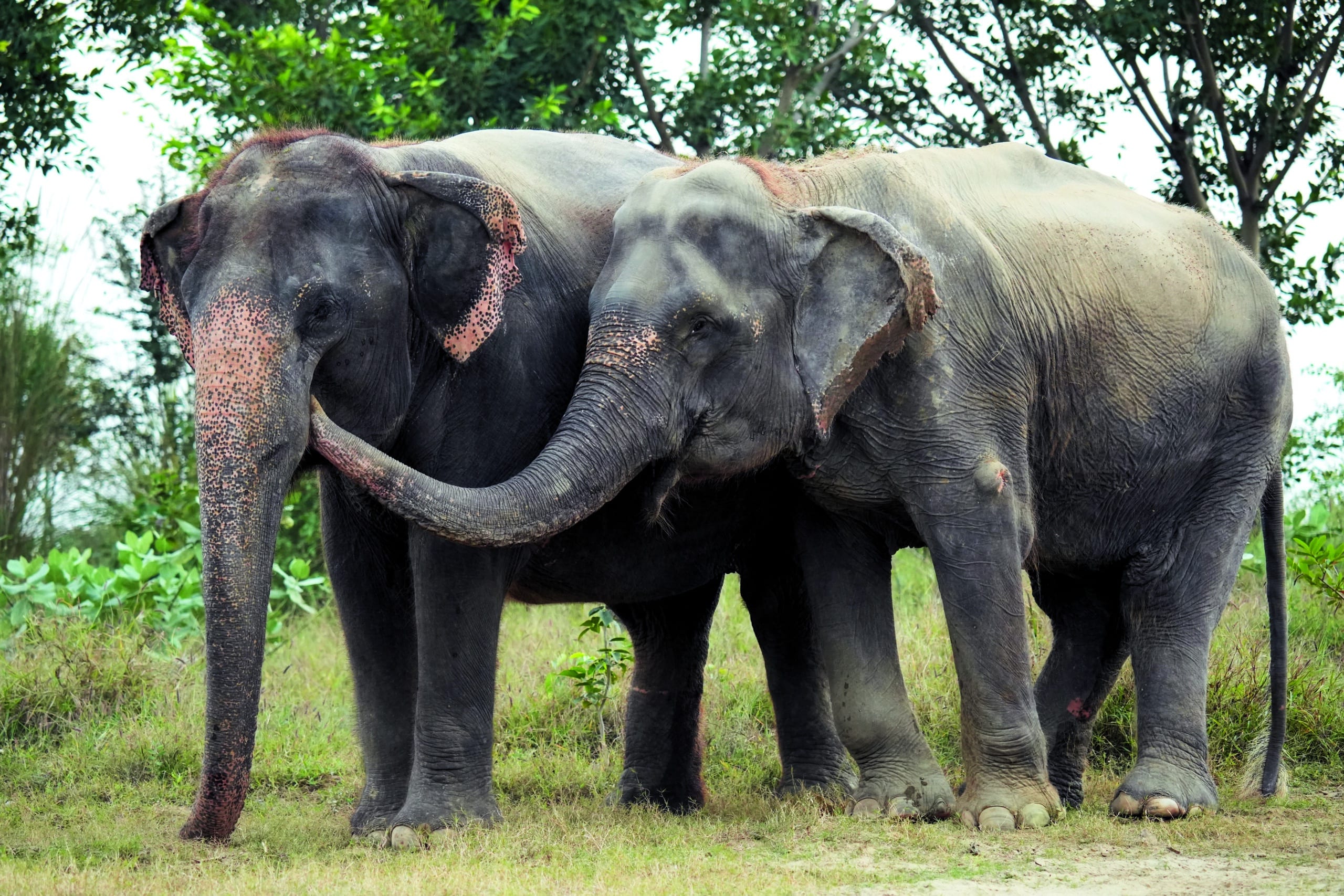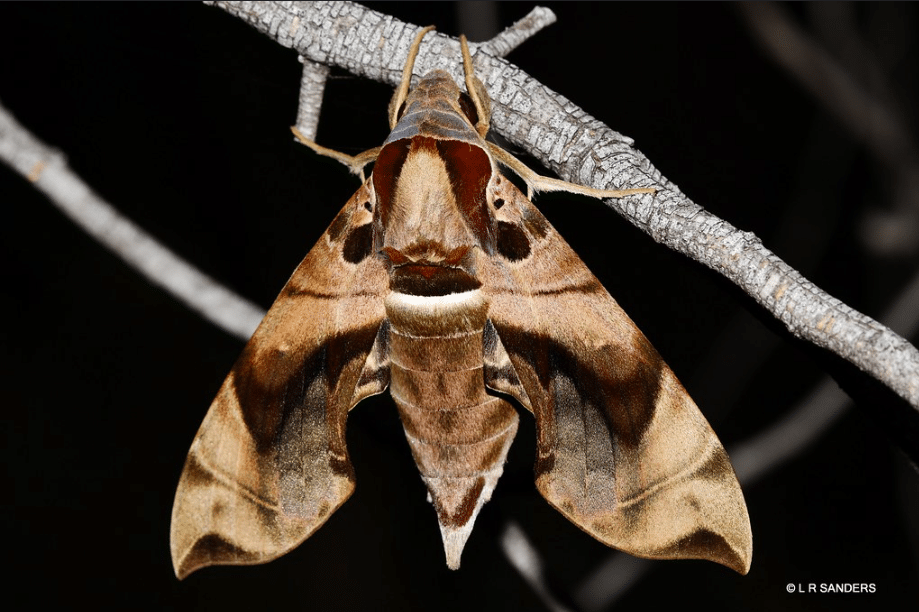You might remember Kalpana—I am happy to report that this year she celebrates her fifth rescue anniversary at Wildlife SOS. Formerly exploited and abused as a ‘begging’ elephant in Uttar Pradesh, Kalpana was rescued in 2019 and brought to the Wildlife SOS Elephant Hospital Campus (EHC) in Mathura for comprehensive...
This Saturday is National Threatened Species Day, a day to raise awareness of the plants and animals at risk of extinction. Sadly raising awareness is not nearly enough – we must take action, bold action, if we have any hope of stopping the current extinction crisis.
Australia has one of the worst (if not the worst) conservation record of any wealthy and politically stable nation. As a biodiverse nation with a treasure trove of unique and endemic species we have much to lose. In the last 200 years at least 50 animal and 60 plant species have gone extinct. Since European settlement of Australia there have been 27 confirmed mammal extinctions, three of which have occurred since 2009: the Christmas Island Pipistrelle, the Bramble Cay Melomys and the Christmas Island Skink. This equates to approximately 35% of global mammal extinctions since 1500. Nothing short of an immense increase in investment and ambition will reverse this record and the disastrous failure by successive state and federal governments to stop the biodiversity loss crisis.
Humane Society International has long worked to protect animals from the threat of extinction. We helped form current federal environmental legislation and have used these laws to gain greater legal protection for 73 species, the first step towards getting recovery plans in place.

However our environment legislation is chronically under-utilised, politicised and under-funded.
In May, a global report was released highlighting the unprecedented rate of decline of nature, warning that species extinctions were accelerating with grave impacts on people likely worldwide, and with one million animal and plant species worldwide facing extinction if urgent action is not taken. The authors cite the need for ‘transformative change’ if we are to turn around this loss.
We have long called for greater protection for animals, in particular for their critical habitats, the places where they feed and breed. If we don’t identify and protect these critical habitats, what hope is there for their future?
Next month, the 20 year review of the Environment Protection and Biodiversity Conservation Act 1999 (EPBC Act), the federal environment legislation that is designed to help protect our species, will get underway. This presents us with the perfect opportunity to strengthen our environment laws, and call for national leadership. It is clear that a new generation of environment laws are needed to deal with the challenges of the 21st Century, and help to stem biodiversity decline.

We need to ensure our environment is properly funded to enable us to deal with the increasing threats our wildlife is facing, from climate change to habitat loss. The federal government needs to ensure they retain responsibility for our most precious plants and animals, which travel across domestic boundaries. Only significant investment can bring about the transformative change needed before for some species it is too late. The time for strong action is long overdue.
Over the coming year whilst this review is underway, HSI will be working to provide detailed submissions to highlight what is needed to protect our native wildlife, both those that are already threatened with extinction, but also to ensure that we don’t push more species towards extinction. We have developed a detailed policy position setting out exactly what Australia’s federal environment laws need to look like in order to reverse the biodiversity decline.
Our unique wildlife is under pressure. Please help us by writing to your local federal MP this National Threatened Species Day and let them know that they must take the issue of extinction seriously.
Alexia Wellbelove is a Senior Program Manager at the Humane Society International (HSI). She joined the organisation in 2009. With over two decades experience in conservation her current focus is environmental policy, marine conservation (particularly marine mammal and fisheries bycatch) and wildlife trade. She helped found the Places You Love alliance and serves on a number of state and federal government committees. She has represented Australia as a member of the delegations to both the International Whaling Commission (IWC) and the Convention on Migratory Species (CMS).
Header image: WIRES/Louise O’Brien


